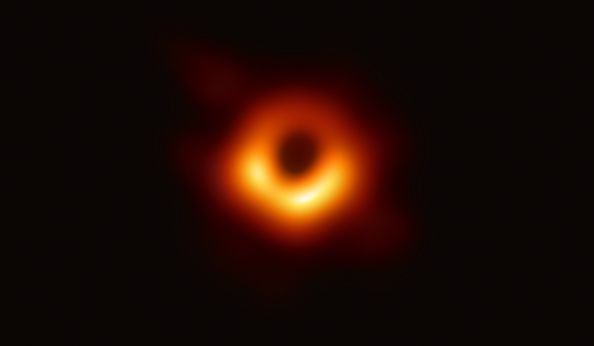NASA, SpaceX To Send Spacecraft To Supermassive Black Holes In 2021

NASA has awarded a new contract to SpaceX that involves visiting and closely studying supermassive black holes. Aside from these, the new mission will also focus on observing neutron stars and pulsar wind nebulae.
For the upcoming project, SpaceX will turn to its veteran spacecraft Falcon 9 to carry NASA’s Imaging X-ray Polarimetry Explorer (IXPE) research vessel. One of the main assignments for the IXPE mission is the study of supermassive black holes, NASA said in a press release.
The new mission will serve as a groundbreaking move for both NASA and SpaceX since not much is known regarding the nature of this type of black hole. According to scientists, the mass of a supermassive black hole can be billions of times greater than that of the Sun.
Experts theorized that supermassive black holes were able to reach their immense size through accretion or by accumulating particles using gravitational forces. They can also form following the collision of two black holes.
For the IXPE mission, NASA aims to obtain a deeper understanding of how supermassive black holes are formed and how they affect their surroundings including their host galaxy.
In addition to the study of supermassive black holes, the new mission will also provide scientists with more information regarding magnetars, which are specific types of neutron stars that have powerful magnetic fields. It will also focus on the remains of a supernova known as pulsar wind nebulae.
For SpaceX, the IXPE mission will serve as a clear indication of the company’s capabilities in delivering vital payloads to space for scientific advancement.
“SpaceX is honored that NASA continues to place its trust in our proven launch vehicles to deliver important science payloads to orbit,” Gwynne Shotwell, the company’s president and COO said in a statement according to Tech Crunch.
“IXPE will serve as SpaceX’s sixth contracted mission under NASA’s [Launch Services Program], two of which were successfully launched in 2016 and 2018, increasing the agency’s scientific observational capabilities,” she added.
NASA and SpaceX’s new mission is expected to launch sometime in April 2021 at the Kennedy Space Center in Florida. The total cost for the project is around $50.3 million.
© Copyright IBTimes 2025. All rights reserved.





















